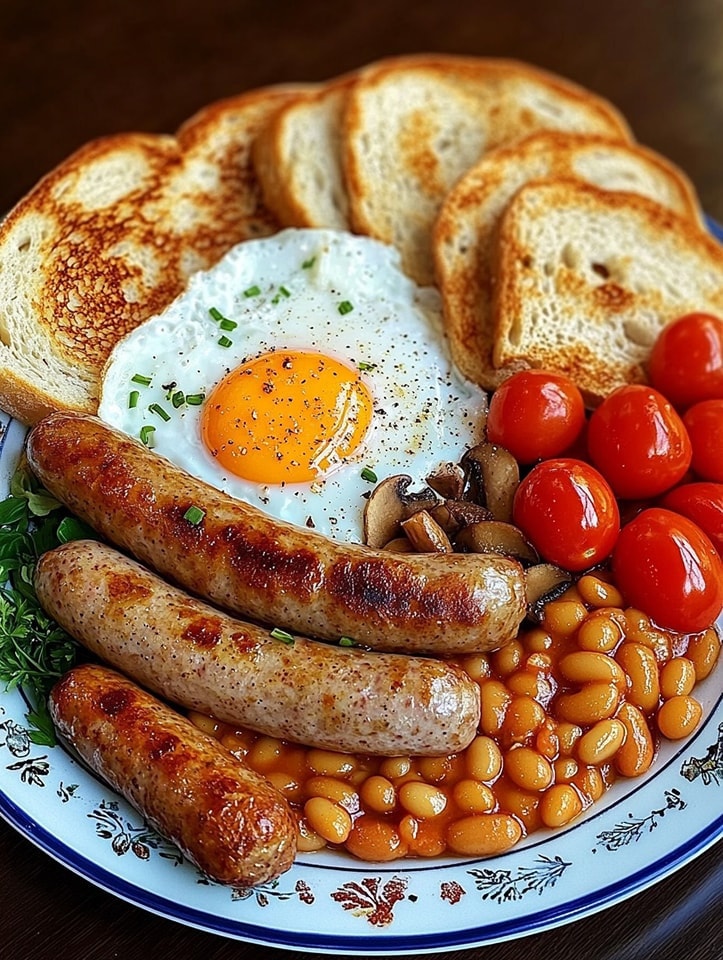ADVERTISEMENT
# **Classic English Breakfast: A Timeless Tradition of Flavor**
The **Classic English Breakfast** is not just a meal; it’s a tradition, an experience, and an essential part of British culinary heritage. Whether served on a lazy Sunday morning or as part of a hearty start to the day, this meal is more than just a breakfast—it’s an iconic dish that brings together a variety of flavors and textures, all packed into one plate. From crispy bacon and savory sausages to soft scrambled eggs and golden-brown toast, the English breakfast has something for everyone.
But what makes the **Classic English Breakfast** stand out in the world of breakfast foods? And why does it have such a deep-rooted place in British culture? In this article, we’ll explore the origins, the components, the best ways to prepare it, and how to elevate the meal for a truly unforgettable experience.
—
## **Origins and History of the Classic English Breakfast**
The origins of the **English breakfast** can be traced back to the English countryside in the 13th century, where people began to enjoy a more substantial morning meal. Before the Industrial Revolution, the working class often had a light breakfast consisting of bread and cheese. However, as the economy grew, breakfast became more elaborate. The development of the full English breakfast as we know it today was driven by several social and economic factors, including the increased availability of food, the popularity of large farmhouses, and changes in social norms surrounding the consumption of food.
The meal’s foundations were laid in the 19th century when wealthy landowners in the countryside would indulge in large, hearty breakfasts, often after a long day’s hunting or farming. These meals would typically include meats such as sausages, eggs, and bacon, along with breads, vegetables, and jams.
In fact, the phrase “**full English breakfast**” or “fry-up” gained popularity in the 20th century. It was common for a breakfast to be enjoyed in hotels, inns, and in private homes. The spread of this hearty breakfast across the nation became part of the cultural identity, and it wasn’t just a local phenomenon—this type of breakfast became a symbol of British hospitality and warmth.
For Complete Cooking STEPS Please Head On Over To Next Page Or Open button (>) and don’t forget to SHARE with your Facebook friends
